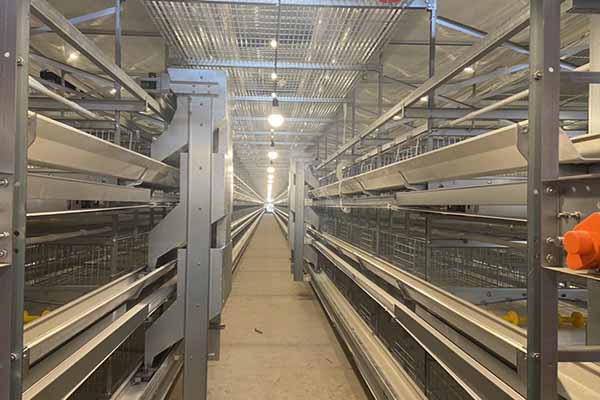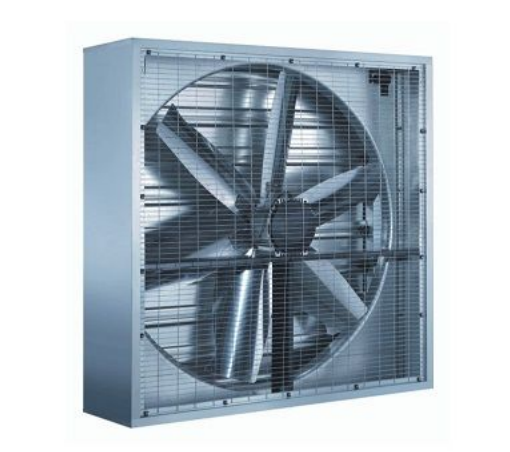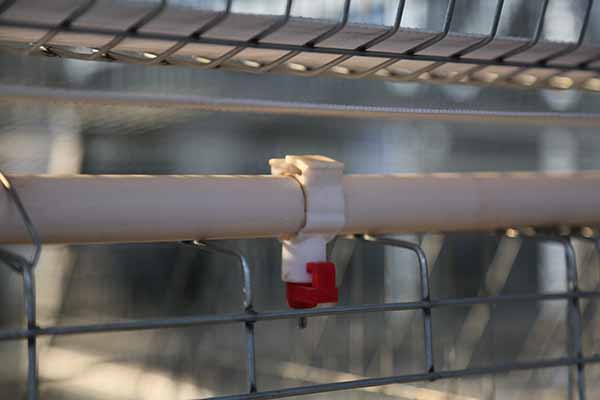
The poultry farming industry is undergoing a critical transformation fueled by strengthened environmental regulations and rising awareness about sustainable practices. Egg layer farms, in particular, face increasing challenges to effectively manage manure while minimizing environmental impact and operational costs. The automatic manure removal system paired with H-type layer cages emerges as a game-changer by enabling centralized manure collection, efficient dry-wet separation, and comprehensive harmless treatment. This article unpacks the technical processes of these systems and their role in creating healthier chicken houses, ensuring regulatory compliance, and enhancing production efficiency.
Manure accumulation in egg-laying houses generates ammonia emissions, pathogen proliferation, and potential water pollution risks. Regulatory bodies worldwide, especially under frameworks such as ISO 14001 Environmental Management, mandate stringent waste control and eco-friendly disposal methods. Without efficient systems, farms risk penalties, market access restrictions, and loss of consumer trust.
| Key Manure Management Challenges | Impact |
|---|---|
| High Ammonia Emission | Increased respiratory diseases, reduced egg quality |
| Labor Intensive Cleaning | Elevated operational costs, inconsistent hygiene levels |
| Environmental Pollution Risks | Soil and water contamination, regulatory non-compliance |
The integrated automatic manure removal system designed for H-type layer cages utilizes mechanized scrapers or conveyor belts beneath the cages to continuously collect feces. The system’s innovation lies in its dry-wet separation technology which prevents moisture accumulation, reducing ammonia volatilization by up to 40%, according to recent field data.
The collected manure undergoes segregation — solid fractions get channeled towards composting or fermentation units, while liquid fractions are treated separately to avoid runoff. This segregation not only simplifies downstream processing but also enhances resource recovery efficiency.

The transformation of manure from waste to valuable input involves controlled composting and bio-fermentation. The solid manure fraction, with moisture content optimized below 30%, enters bio-reactors or aerobic compost piles, where microbial activity breaks down ammonia and pathogens in 15-30 days, cutting harmful microbes by over 90%. The end-product serves as organic fertilizer, aligning with circular economy principles.
Liquid manure fractions undergo biological treatments or settling processes to ensure effluent water meets environmental discharge standards, safeguarding soil and groundwater purity.
Complementing manure management, high-efficiency ventilation systems regulate airflow dynamics and maintain stable temperature ranges within the poultry house. Proper ventilation drastically reduces ambient ammonia concentrations, often measured to drop from 30 ppm to below 15 ppm after system implementation, thus mitigating respiratory risks for both chickens and staff.
Temperature control complements these efforts by stabilizing metabolic rates and reducing stress, positively impacting egg production rates and chick survival statistics by up to 8% relative increase compared to conventional farms.

Adopting the automatic manure removal combined with ventilation and temperature control aligns closely with the ISO14001 environmental management system frameworks. By documenting operational procedures, monitoring emissions, and implementing corrective controls, farms achieve regulated compliance and market certification. This not only fulfills policy demands but fosters stronger buyer confidence and market positioning.
Case studies reveal farms that integrated these technologies saw a 20-25% reduction in daily labor hours, lowered ammonia emissions consistently, and obtained ISO14001 certification within 12 months. This compliance acts as a seal of quality and environmental stewardship sought by international buyers.

For successful deployment, operators should emphasize:
Avoiding neglect of these factors can lead to system blockage, poor composting results, and elevated health hazards that negate the benefits of automation.
Let every chicken live in a healthier environment—and effortlessly pass environmental inspections to win greater market trust.

